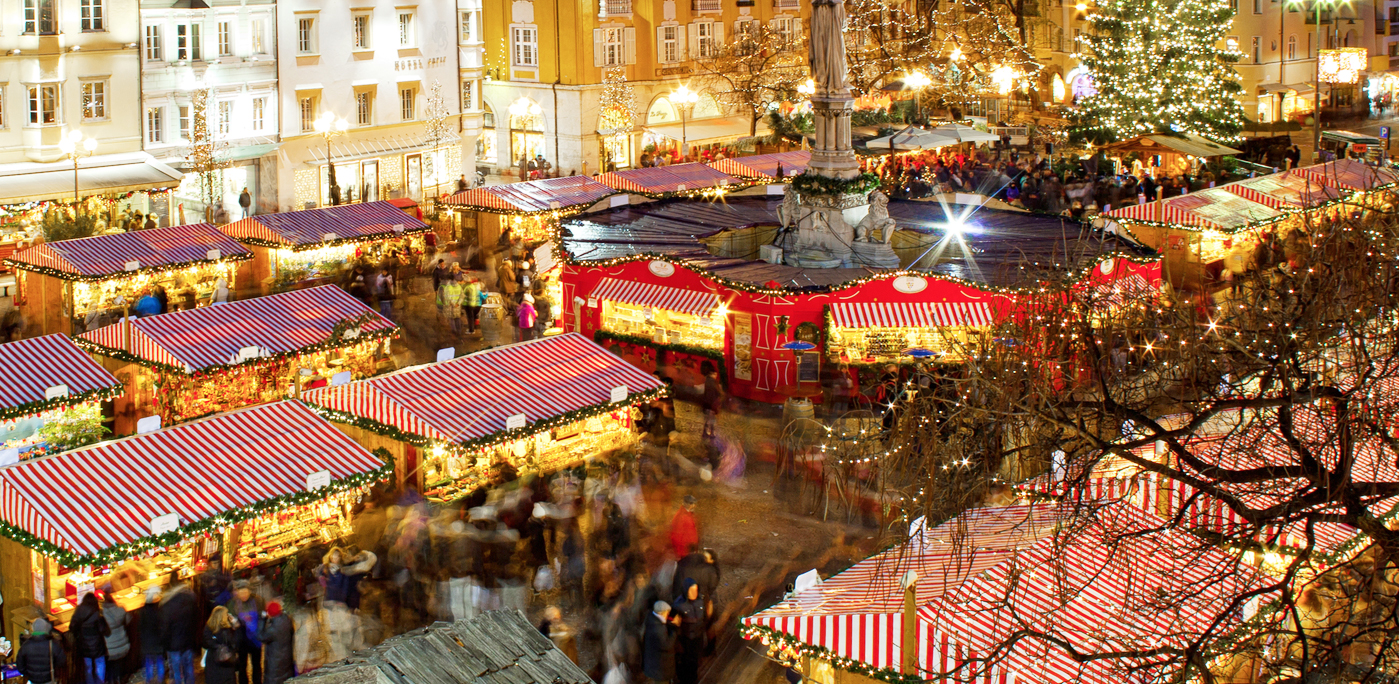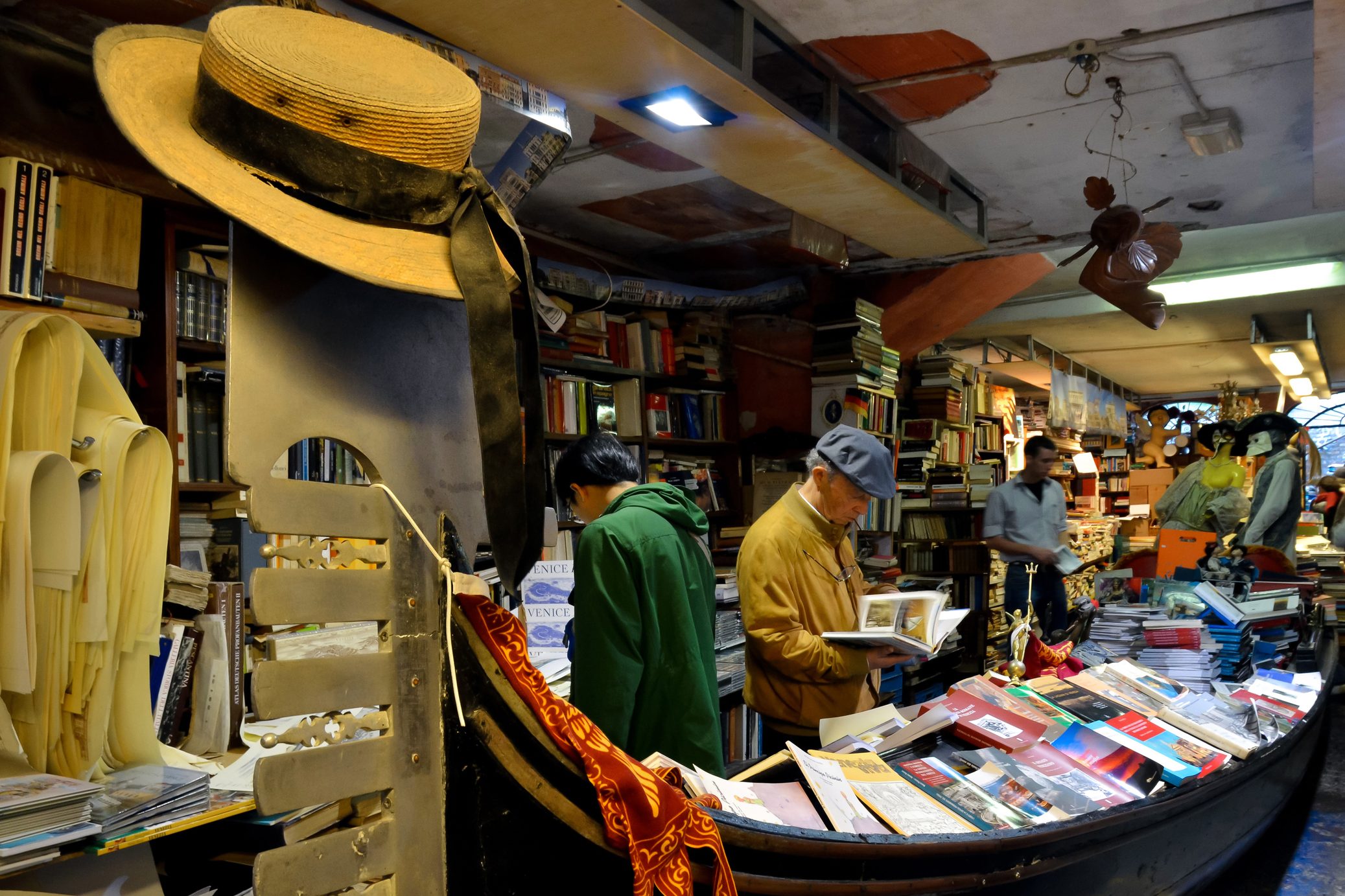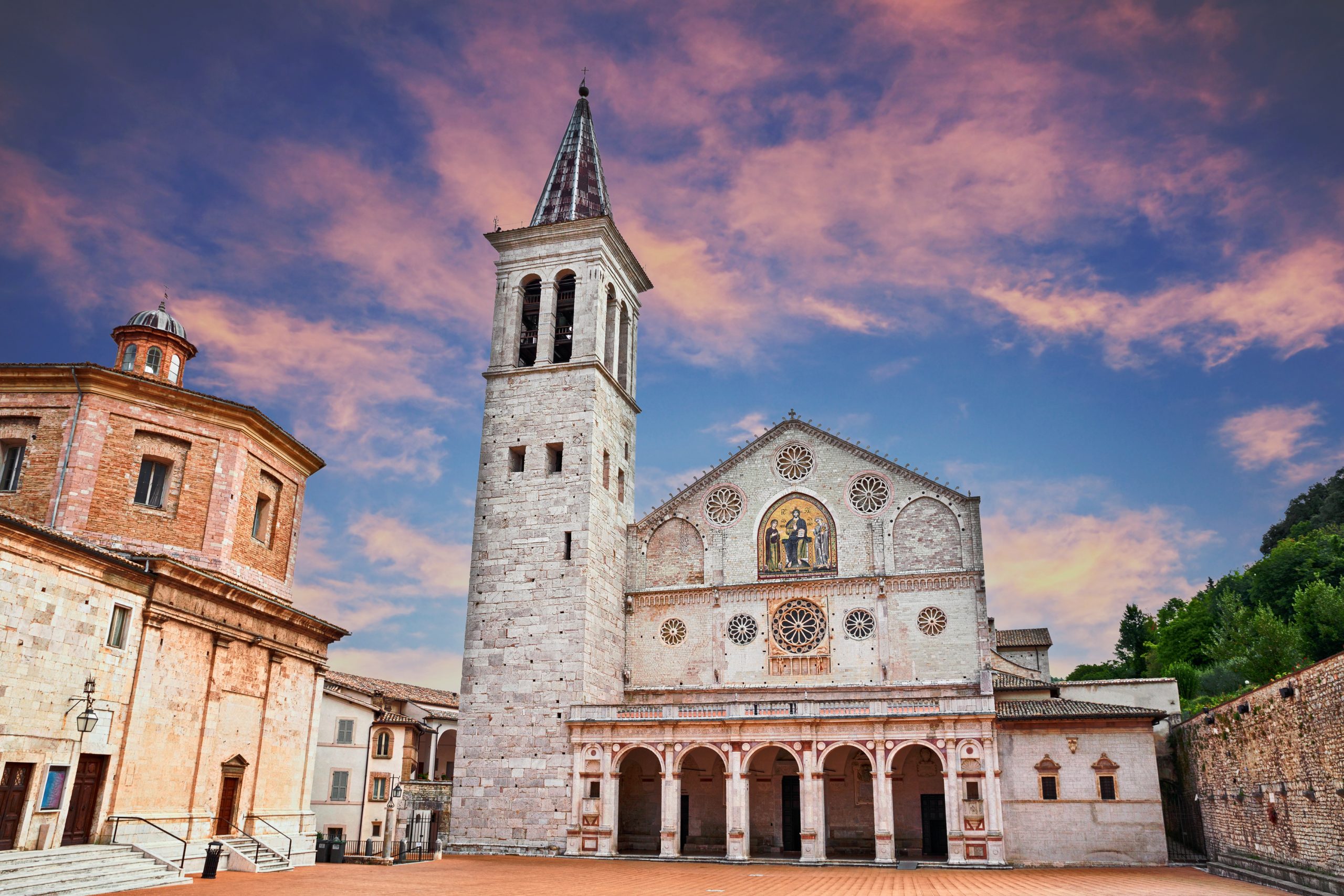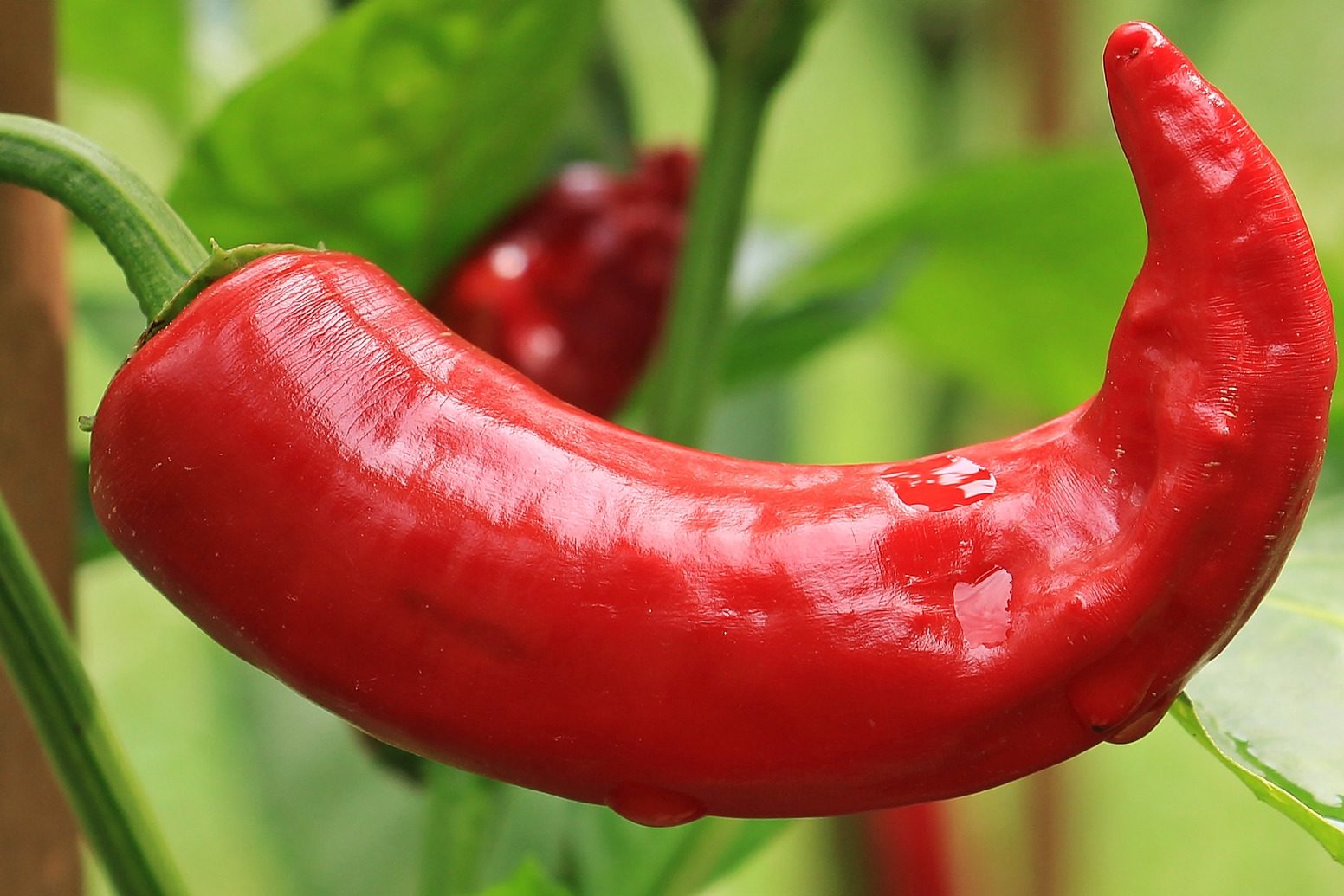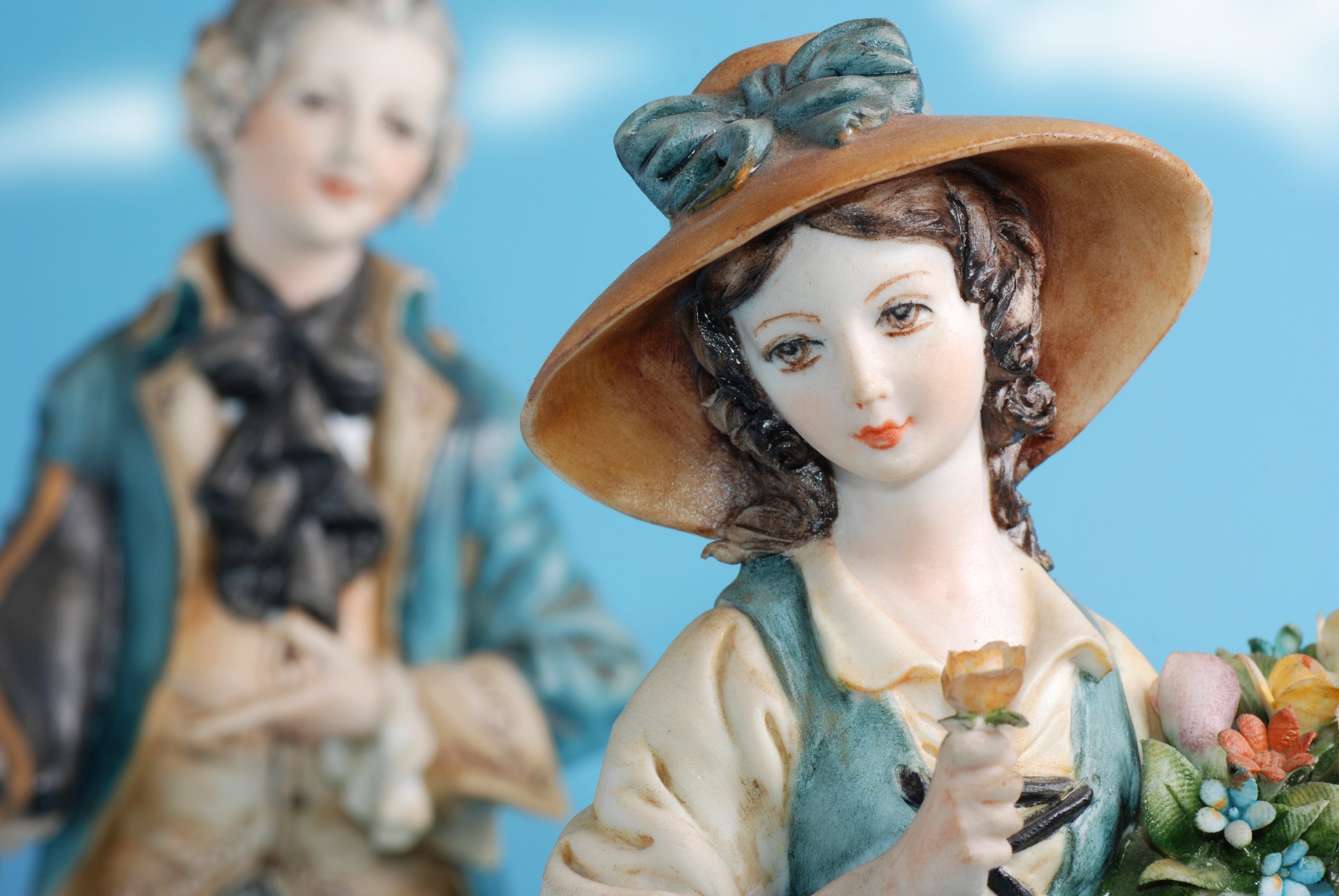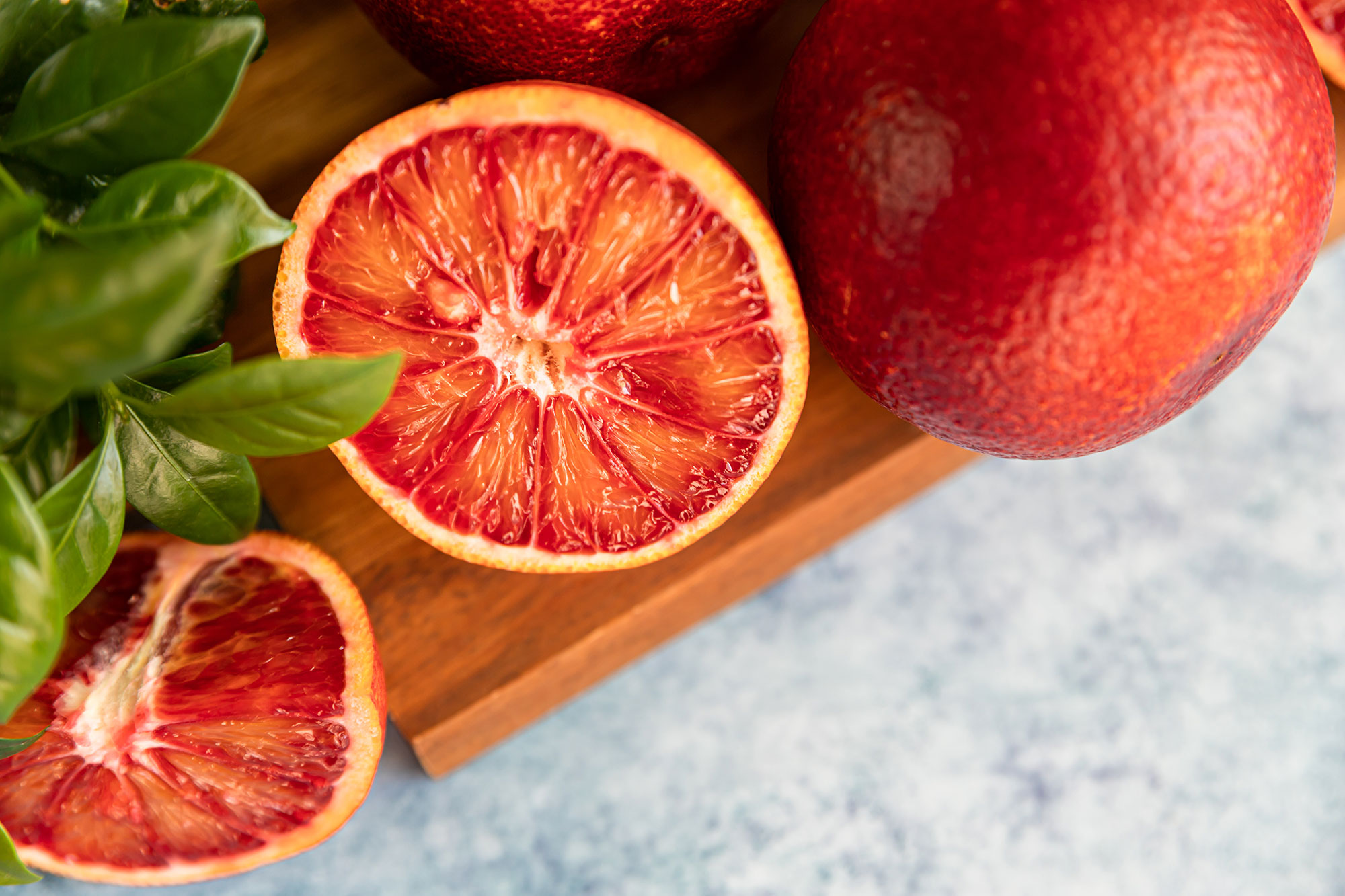Although things are changing fast, Christmas in Italy still is one, if not the most, traditional time of the year and many Italian households have a series of family traditions they like to repeat each year, no matter how old the kids get or how dire the economy can be. Ask two Italians how they celebrate Christmas and most likely you will receive answers that are completely different, as celebrations vary based on Christmas Eve versus Christmas day, lunch versus dinner, and many, many other aspects.
Christmas, of course, begins much earlier than December 25th: while no Italian family would ever dream of putting up the Christmas tree in November, nowadays the old rule of doing it on December 8th, day of the Immaculate Conception, is no longer strictly followed. Families with young children usually decorate their houses and tree on December 1st – so the kids finally stop asking to do it – while in Milano the day for putting up the Christmas tree is December 7th, Saint Ambrogio, beloved patron saint of the city. Besides the tree and the usual decorations – wreaths, ribbons and angels – most families like to display a presepe, a nativity scene, that can be as small as just St. Joseph, the Virgin Mary, Baby Jesus, a donkey and an ox, or as a large as an entire village filled with shepherds, sheep, and market goers.
When it comes to presents and, especially, to who is the one bringing them, there are also some regional variations. On December 6th, the mountain towns and villages of the province of Bolzano, Trieste and Belluno, joyously celebrate Saint Nicholas, an old benevolent man dressed in bishop garments that brings good kids sweets and presents. His arrival is greeted with glee and happiness in town squares and in the streets, but the Saint is not alone: along with him arrive the Krampus, monstrous devils who are out looking for those who have been naughty. This devils, all dressed in rags, chase kids – and pretty girls – around, trying to catch them and trying to dirty their face with coal. The result is a loud, but fun and harmless, chase that amuses everyone in town and brings all the population together for a night that usually ends up with hot chocolate, hot mulled wine and many sweets and cookies. On December 12th, mainly in Emilia Romagna, but also in Veneto and Sicily, Saint Lucia is the one bringing presents to kids who have behaved well during the year and, traditionally, she arrives in town riding her donkey: kids leave her a cup of tea in the kitchen before going to sleep and hope to wake up to find presents and sweet left by the saint. In the rest of Italy either Babbo Natale – Santa Claus– or Baby Jesus are in charge of delivering presents during the night between the 24th and the 25th of December.
Menus, too, vary a lot. On Christmas Eve, tradition dictates that one shouldn’t eat meat, which results in large and extravagant meals that feature an incredible variety of seafood, from oysters to clams, from sea bass to shrimp. On Christmas Day, on the other hand, the traditional Christmas lunch is all about meat: while some families like to roast a stuffed turkey, some others prefer roast beef or venison. All the leftover food get eaten on December 26th, also a holiday in Italy, which is Saint Stephen day and is mostly dedicated to eating and relaxing. When it comes to dessert and sweets, each family has its favorite: while some swear Christmas isn’t really Christmas without panettone, the traditional sweet bread with candied fruit from Milan, others prefer pandoro, a fluffy bread like cake from Verona. All seem to like torrone – hard or soft nougat with hazelnuts and pistachios – and mandorlato, a special candy made with honey and almonds.
The Christmas festivities end on January 6th with one last beloved tradition: the Befana. This old lady, dressed in rags, is said to arrive riding a broom on the night of January 5th to leave sweets in the stocking of good kids and coal in the one of those who have been naughty during the past year. As children go to sleep, their parents chant a rhyme and remind them to keep their eyes shut, or else the Befana won’t show up. The next morning, as kids play, adults start putting the Christmas decorations away and get ready to go back to everyday life for at least another 11 months.
